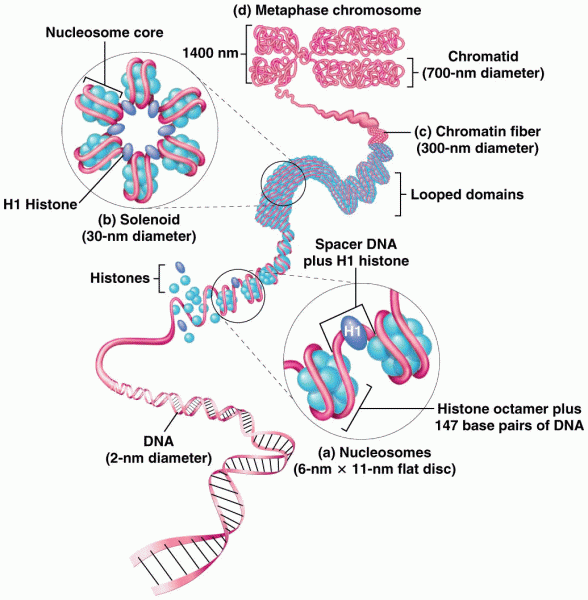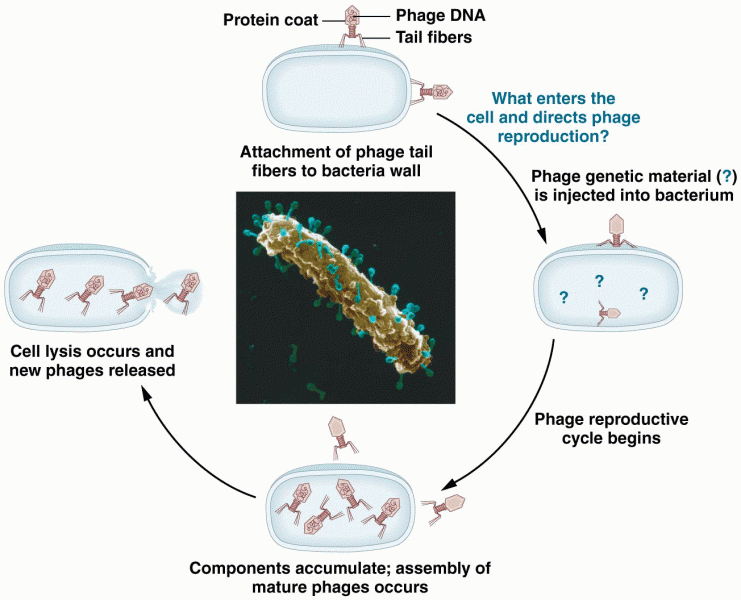|
|
|
The first documented use of surgical anesthesia in the United States was in Connecticut in 1844.
When blood is deoxygenated and flowing back to the heart through the veins, it is dark reddish-blue in color. Blood in the arteries that is oxygenated and flowing out to the body is bright red. Whereas arterial blood comes out in spurts, venous blood flows.
The strongest synthetic topical retinoid drug available, tazarotene, is used to treat sun-damaged skin, acne, and psoriasis.
Coca-Cola originally used coca leaves and caffeine from the African kola nut. It was advertised as a therapeutic agent and "pickerupper." Eventually, its formulation was changed, and the coca leaves were removed because of the effects of regulation on cocaine-related products.
Studies show that systolic blood pressure can be significantly lowered by taking statins. In fact, the higher the patient's baseline blood pressure, the greater the effect of statins on his or her blood pressure.
 A fuel composition tester (SPX Kent-Moore J-44175) is the recommended tool, by General Motors, to ...
A fuel composition tester (SPX Kent-Moore J-44175) is the recommended tool, by General Motors, to ...
 Overview of lymphatic system structures and the general direction of lymph flow from the extremities ...
Overview of lymphatic system structures and the general direction of lymph flow from the extremities ...





